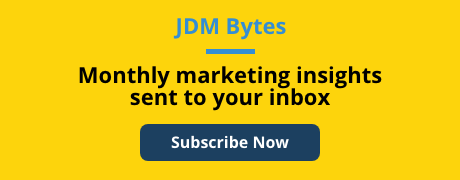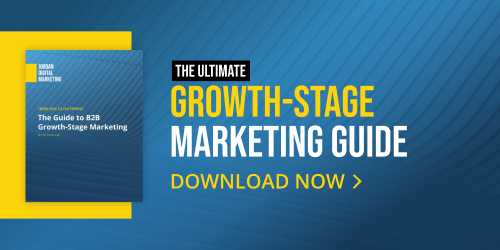In the grand tradition of Microsoft advertising iterating on Google’s initiatives, the search challenger has released its own version of Performance Max campaigns in open beta, with the intent of harnessing AI that they hope “perfects your creative and targeting combinations.”
You’re not required to sign up for Microsoft Performance Max, and your decision on whether to take the plunge should take into consideration how well your Google Performance Max campaigns have fared. Both Performance Max versions have removed many advertising controls in favor of machine learning, so you’ll have to be on board for that to adopt Microsoft’s PM campaigns.
In this post, I’ll cover requirements to sign up, considerations, and recommended best practices if you decide to go forward with a test.

Microsoft Performance Max Requirements
In order to try out Microsoft’s Performance Max for yourself, you’ll need to meet the following requirements:
Once you can check those boxes, you (or your agency) will need to reach out to your Microsoft Account Team or Microsoft Support in order to get started.
Considerations Before Adopting Microsoft Performance Max
As with Google’s version, Microsoft PM campaigns can reach audiences across multiple properties beyond search, including Outlook, Edge, MSN, Yahoo, AOL, and more. But there are differences; for instance, unlike Google, Bing does not offer the capability of adding negative keywords.
Another consideration: campaign activity isn’t immediate. Once activated, in some cases, campaigns can take up to 10 days before serving impressions. And algorithm learning periods can stretch up to two weeks depending on campaign scale, so it could be almost a month before you start to get a read on how effective your campaigns can be.
Best Practices for Microsoft’s Performance Max
- Even though Microsoft’s not that quick on the draw to get campaigns live, you can make quick work of your set-up part by importing your Google PM campaigns using the Use the Google Import tool.
- For accounts with a focus on boosting conversion volume, we recommend the “maximum conversions” objective. If you’d prefer to maximize high-quality leads without super-tight CPL restrictions, select “maximize conversion value.”
No matter which objective you choose, consistent uploads of offline conversion data (down-funnel data being the most important) into Microsoft Ads is vital for success. Regularly feeding data back into the system will provide the algorithm with the most up-to-date conversion insights related to the user’s click. Campaigns will be better set up for success once Microsoft Ads knows the ideal audience profile to target.
- Leave “final URL expansion” enabled in order to send traffic to the most relevant landing pages based on the user’s search or intent.
Wrap-up
As with any new campaign type, we recommend testing with limited budgets before deciding to fully invest. If you’ve struggled to realize success with Google’s Performance Max, it’s a good idea to wait before investing in Microsoft’s version, especially given that there are no negative keyword controls.
If you have any questions or concerns about these new campaigns, don’t hesitate to reach out! We’re happy to share observations and insights to help guide your strategy.
